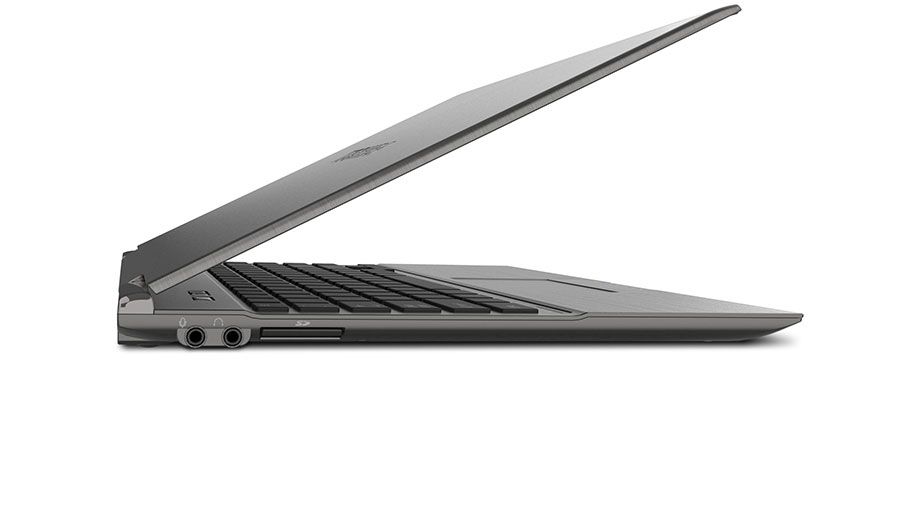First look: Toshiba's stunning 1.1kg light, 16mm thin 'ultrabook'

If you're pining for a travel-friendly ultra-slim Windows laptop, Toshiba's Portégé Z830 could well be a perfect match.
One of the first entrants into the "Ultrabook" category of superslim and superlight notebooks, the Z830 barely nudges the scales at 1.12kg and sits just 15.9mm off the airline tray-table.
The chassis is cast from magnesium alloy, while Toshiba says an internal 'honeycomb support structure' makes the notebook extremely rigid.
It'll go on sale in Australia by the end of the year, and while local pricing hasn't been announced its US sticker is promised to be "less than US$1000". That means it will likely be price-competitive with Apple's popular MacBook Air, which starts at $1449 in Australia for a comparable 13" model.
However, the Portégé Z830 will come with only 128GB of flash memory-based SSD storage, which means the amount of video and music content that can be stored on the notebook will be limited. Toshiba hasn't released any information about the possibility of upgrading that storage.
What it does come with -- and which is quite rare in a Windows notebooks -- is a full-size, backlit keyboard, which makes working on the plane or in dim rooms much easier.
The trackpad eschews the trend towards less buttons and more multi-touch, and still provides the normal complement of physical left and right buttons. Unfortunately, das blinken-lights are still very much in attendance -- one of the design aspects of Windows notebooks that we'd like to see less of.
It also has "sleep and charge" USB ports, which allow smartphones and tablets to be charged from the notebook even when it is in sleep mode. That means one less charger to pack on trips (but Toshiba does note that if devices are not fully compliant with the USB specification they might not charge properly on "sleep and charge" ports.)
The left side of the Z830 includes standard 3.5mm headphone and microphone ports and an SD memory card reader.
On the right side, there's one USB and a cable lock port.
Most of the ports are on the back (we've chopped about a third of the width of the notebook out so you can see them more easily.) There's a wired Ethernet port, two more USB ports, an HDMI port for connection to TVs, monitors and digital projectors, a power input port and the port that refuses to die -- a standard 15 pin VGA port for use with old monitors and corporate meeting room projectors.
Inside, the Z830 will use second generation Intel Core processors, likely ultra-low voltage variants that trade some speed for lower power consumption and heat output, making the thin form factor possible.
However, the chips are now so fast that speed is perfectly acceptable, even though it's a little dialled down compared to full-size notebooks.
Notebooks like the Toshiba Portégé Z830, and similar soon-to-be-released mdoels from Acer and Dell, are overdue in the Windows world.
Most notebook manufacturers have little trouble producing light notebooks which aren't so thin, and some thin notebooks that aren't all that light -- yet have struggled to release laptops which tick both boxes.
Australian Business Traveller recently looked at the best on the market, and while there are several good options, they're still rare compared to the hundreds of chunkier models for sale. Ultrabooks look set to change that balance in favour of the business traveller.










Hi Guest, join in the discussion on First look: Toshiba's stunning 1.1kg light, 16mm thin 'ultrabook'